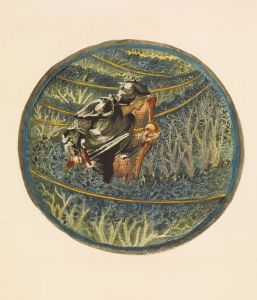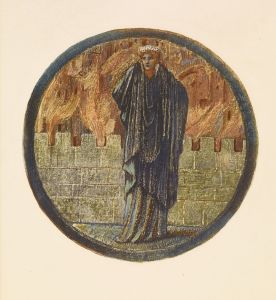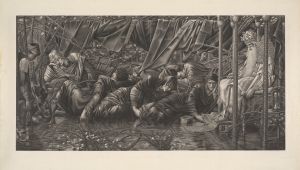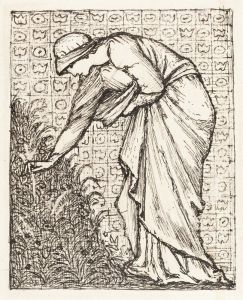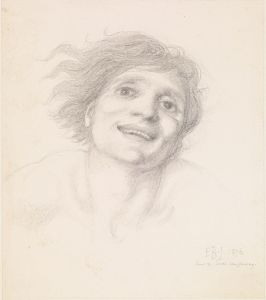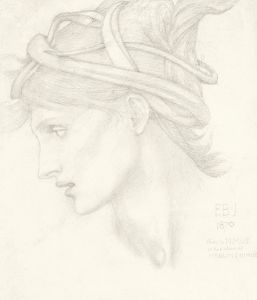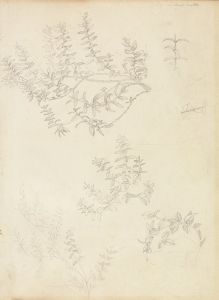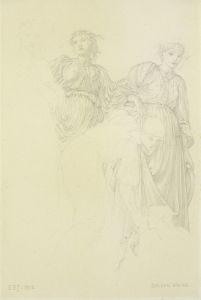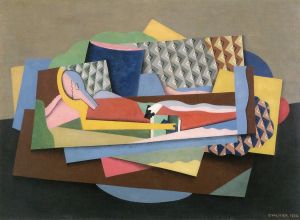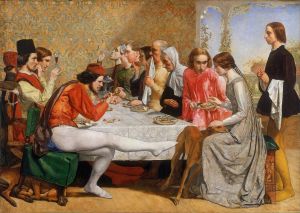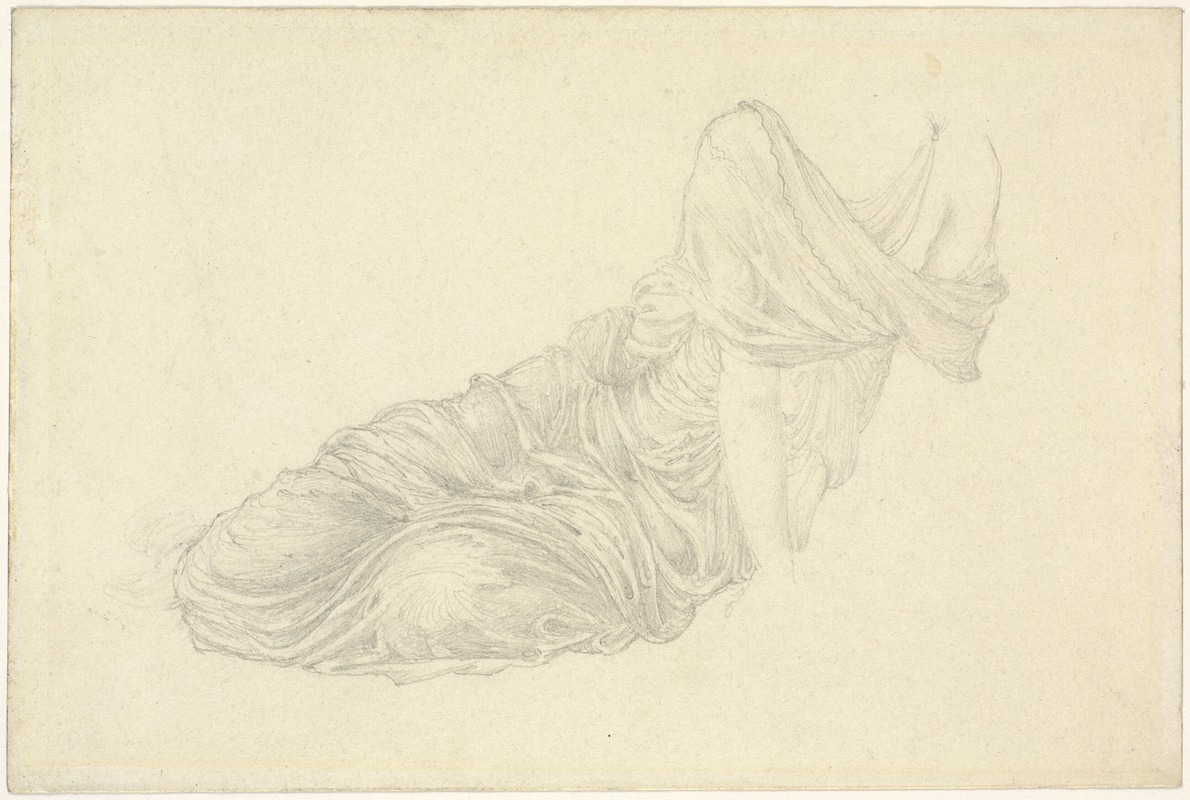
Drapery study on a reclining figure
A hand-painted replica of Sir Edward Coley Burne-Jones’s masterpiece Drapery study on a reclining figure, meticulously crafted by professional artists to capture the true essence of the original. Each piece is created with museum-quality canvas and rare mineral pigments, carefully painted by experienced artists with delicate brushstrokes and rich, layered colors to perfectly recreate the texture of the original artwork. Unlike machine-printed reproductions, this hand-painted version brings the painting to life, infused with the artist’s emotions and skill in every stroke. Whether for personal collection or home decoration, it instantly elevates the artistic atmosphere of any space.
Sir Edward Coley Burne-Jones was a prominent British artist and designer associated with the later phase of the Pre-Raphaelite movement and the Arts and Crafts Movement. His works are known for their romanticism, intricate detail, and medieval themes. Among his numerous studies and artworks, "Drapery study on a reclining figure" is one of the pieces that showcase his meticulous attention to detail and his interest in the human form and its interaction with fabric.
"Drapery study on a reclining figure" is a preparatory work that reflects Burne-Jones's dedication to mastering the depiction of drapery and the human body. Such studies were common practice for artists of his time, serving as exercises to understand how fabric interacts with light and the contours of the body. This particular study likely served as a reference for one of his larger, more complex compositions, as Burne-Jones often incorporated elaborate drapery into his finished paintings.
The study exemplifies Burne-Jones's skill in rendering the texture and flow of fabric, capturing the subtle play of light and shadow across the folds. This attention to detail was a hallmark of his style, contributing to the ethereal and timeless quality of his work. The figure in the study is depicted in a reclining position, which allows for a natural and graceful arrangement of the drapery, enhancing the sense of realism and movement.
Burne-Jones's approach to drapery was influenced by his admiration for the art of the Italian Renaissance, particularly the works of artists like Botticelli and Michelangelo. He sought to revive the beauty and craftsmanship of this period, integrating it with the ideals of the Pre-Raphaelite Brotherhood, which emphasized a return to the detail, color, and complexity of pre-industrial art.
The study also reflects Burne-Jones's broader artistic philosophy, which was deeply intertwined with the principles of the Arts and Crafts Movement. This movement, led by figures such as William Morris, with whom Burne-Jones frequently collaborated, advocated for the value of handcrafted art and the integration of beauty into everyday life. Burne-Jones's drapery studies were not merely technical exercises but were part of a larger vision to create art that was both beautiful and meaningful.
While "Drapery study on a reclining figure" is a lesser-known work compared to Burne-Jones's major paintings, it provides valuable insight into his artistic process and the meticulous preparation that underpinned his larger compositions. These studies are crucial for understanding how Burne-Jones achieved the intricate and harmonious compositions that characterize his oeuvre.
In summary, "Drapery study on a reclining figure" by Sir Edward Coley Burne-Jones is a testament to the artist's skill and dedication to his craft. It highlights his ability to capture the delicate interplay between fabric and form, a skill that contributed significantly to the ethereal quality of his finished works. Through such studies, Burne-Jones not only honed his technical abilities but also contributed to the broader artistic movements of his time, leaving a lasting impact on the world of art.





